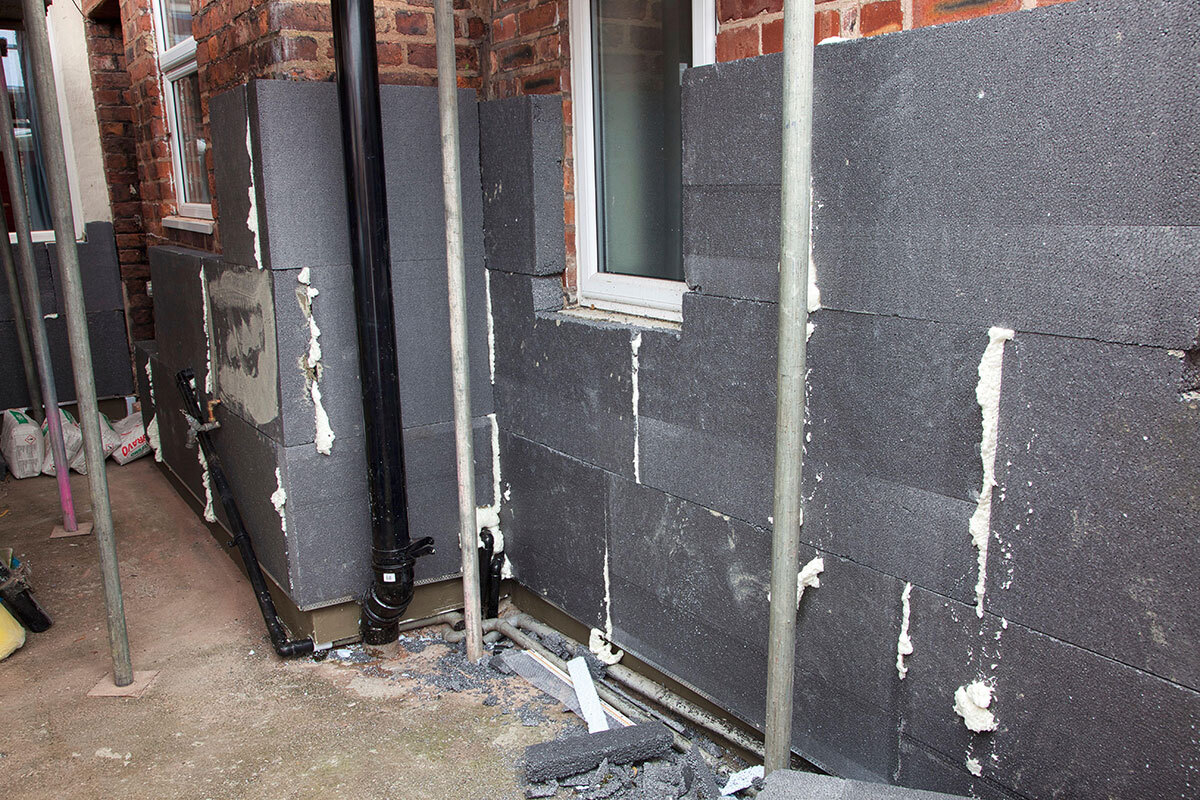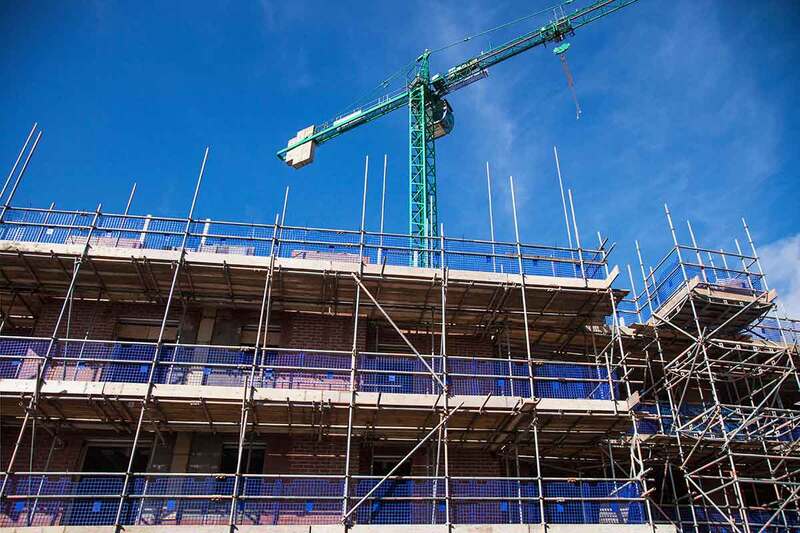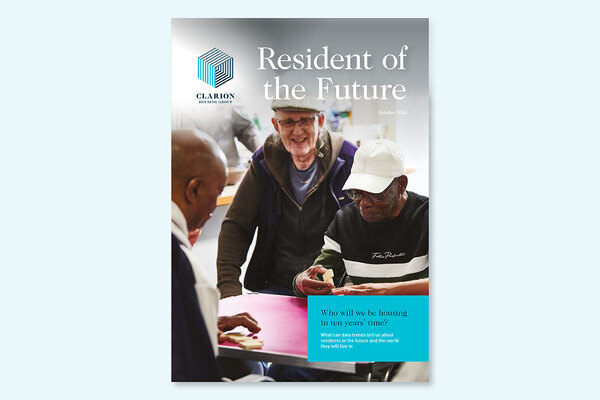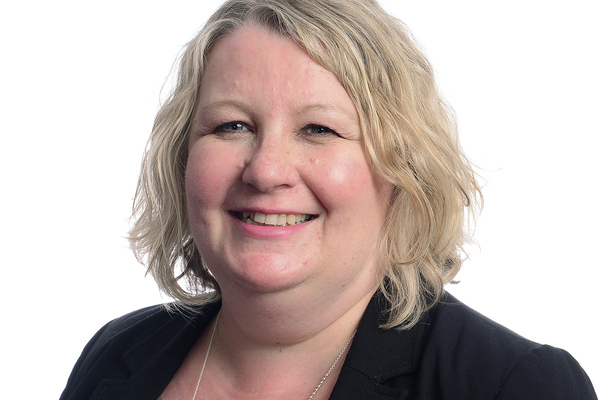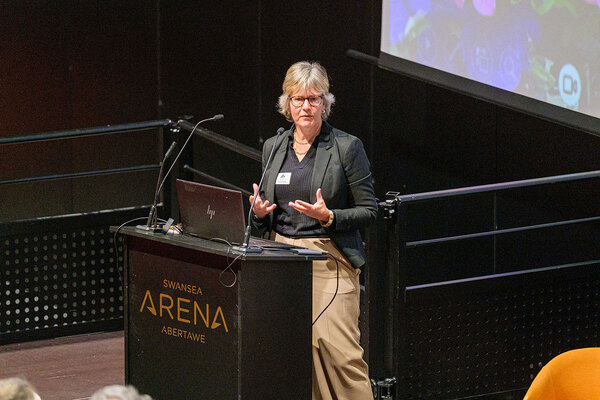You are viewing 1 of your 1 free articles
Social landlords will struggle to maintain interest cover if high inflation continues, S&P warns
Many of the UK’s social landlords will find it “challenging” to maintain interest cover if inflation and interest rates remain high, S&P’s latest report has warned.
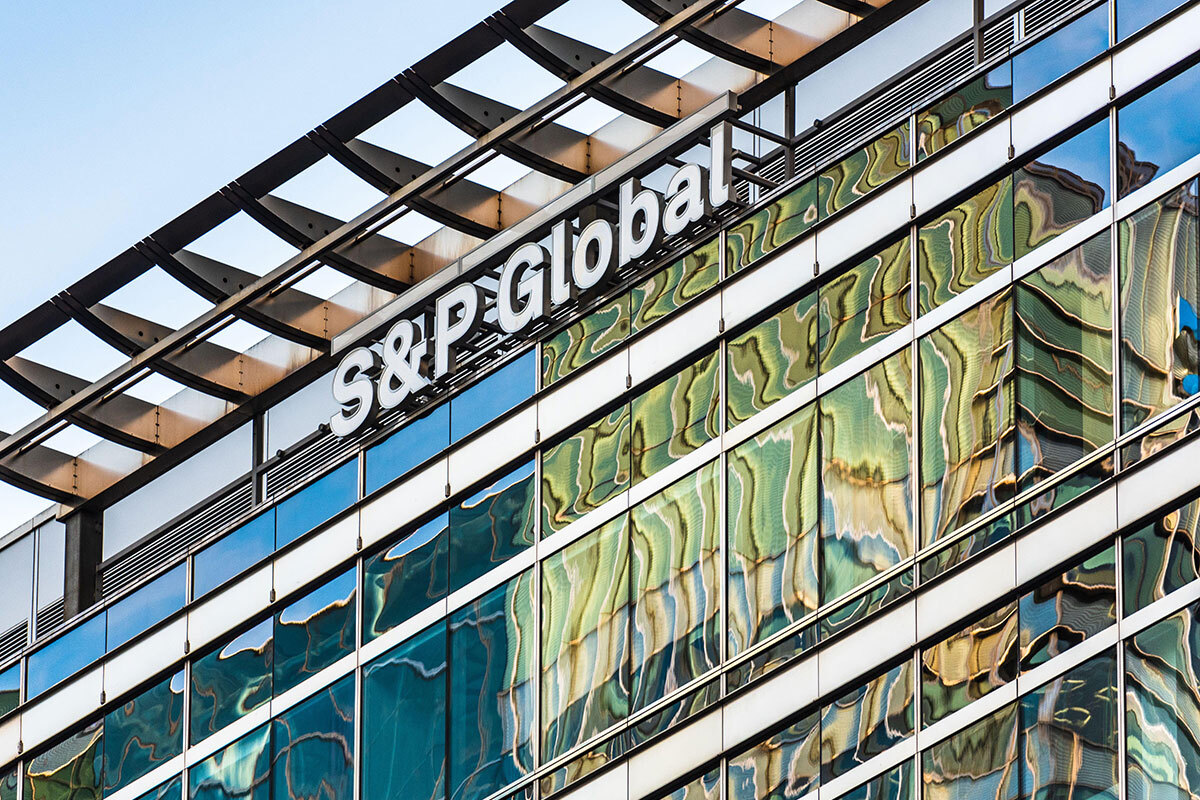
The leading ratings agency said it predicted housing associations’ interest cover, which determines the ability for the sector to repay its debts, will recover as the gap between rent revenue and costs shrinks from the next financial year.
But if interest rates and inflation remain high, then interest coverage for about 20% of rated entities could “materially weaken”, S&P cautioned.
S&P said also said that while its rated portfolio of housing associations was “resilient enough” to sustain its average ‘A’ rating level through to March 2025, there was a “growing divergence” in providers’ credit quality.
On average, the stand-alone credit profile (SACP) for providers is A and the number of entities with an SACP of A+ has increased in the past 18 months, S&P said.
However it added that currently, 40% of rated housing associations have an SACP at or below BBB+ and three have moved to an SACP of BBB- or below. The negative bias is also “pronounced”, with 15 of 43 ratings on negative outlook and one on Crediwatch with negative implications.
“Our sensitivity analysis shows that should inflationary pressure persist, and interest rates remain high or investment needs continue to rise, many housing providers would find it challenging to maintain an interest coverage level commensurate with the current rating level”, said Abril Canizares, credit analyst at S&P.
She added: “We anticipate that, generally, financial indicators will continue to weaken, especially if inflation and interest rates remain relatively high. This is because UK social housing providers need to spend on existing properties and increase debt to fund development of new homes.”
Earlier this year, data from the English regulator showed that housing associations’ interest cover had hit an all-time low amid higher spending on existing homes, averaging at 87% over the past financial year.
According to the Regulator of Social Housing’s report, the higher spend is a result of damp and mould repairs, building safety works, investment in energy efficiency, and inflationary pressures.
S&P’s report said providers still had headroom to implement mitigation strategies, from scaling down new home development and rephasing, where possible, investments on existing properties. It added, however, that the ability to implement these strategies was “diminishing”.
At the start of this year, ratings agency Moody’s downgraded the credit ratings of six housing associations in light of economic risks such as below-inflation rent caps, soaring inflation and increasing evidence of a housing market downturn.
Sign up for our development and finance newsletter
Already have an account? Click here to manage your newsletters
